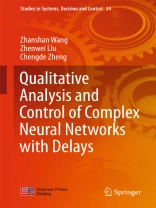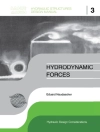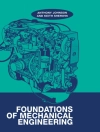This book focuses on the stability of the dynamical neural system, synchronization of the coupling neural system and their applications in automation control and electrical engineering. The redefined concept of stability, synchronization and consensus are adopted to provide a better explanation of the complex neural network. Researchers in the fields of dynamical systems, computer science, electrical engineering and mathematics will benefit from the discussions on complex systems. The book will also help readers to better understand the theory behind the control technique and its design.
Mục lục
Introduction to Neural Networks.- Preliminaries on Dynamical Systems and Stability Theory.- Survey of Dynamics of Cohen-Grossberg Type RNNs.- Delay-partitioning-method Based Stability Result for RNNs.- Stability result on the static and vector field recurrent neural networks.- Stability Criteria for RNNs Based on Secondary Delay Partitioning.- LMI-based Stability Criteria for Static Neural Networks.- Multiple Stability for Discontinuous RNNs.- LMI-based Passibity Criteria for RNNs with Delays.- Dissipativity and Invariant Sets for Neural Networks with Delay.- Synchronization Stability in Complex Neural Networks.- Stabilization of Stochastic RNNs with Stochastic Delays.- Adaptive Synchronization of Complex Neural Networks
Giới thiệu về tác giả
Zhanshan Wang received B.S. degree in Electrical Automation from Inner Mongolia University of Science and Technology, Baotou, China in 1994, M.S. degree in Control Theory and Control Engineering from Liaoning Shihua University, Fushun in 2001 and Ph.D. degree in Control Theory and Control Engineering from Northeastern University, Shenyang in 2006, respectively. From 1994 to 1998 he was a technician in Fushun Plant, Liaoning. He is currently a Professor with the College of Information Science and Engineering, Northeastern University, Shenyang, China. His current research interests include stability analysis of dynamical system, neural networks, complex networks, multi-agent systems, computational intelligence, fault diagnosis, adaptive control and their applications.












